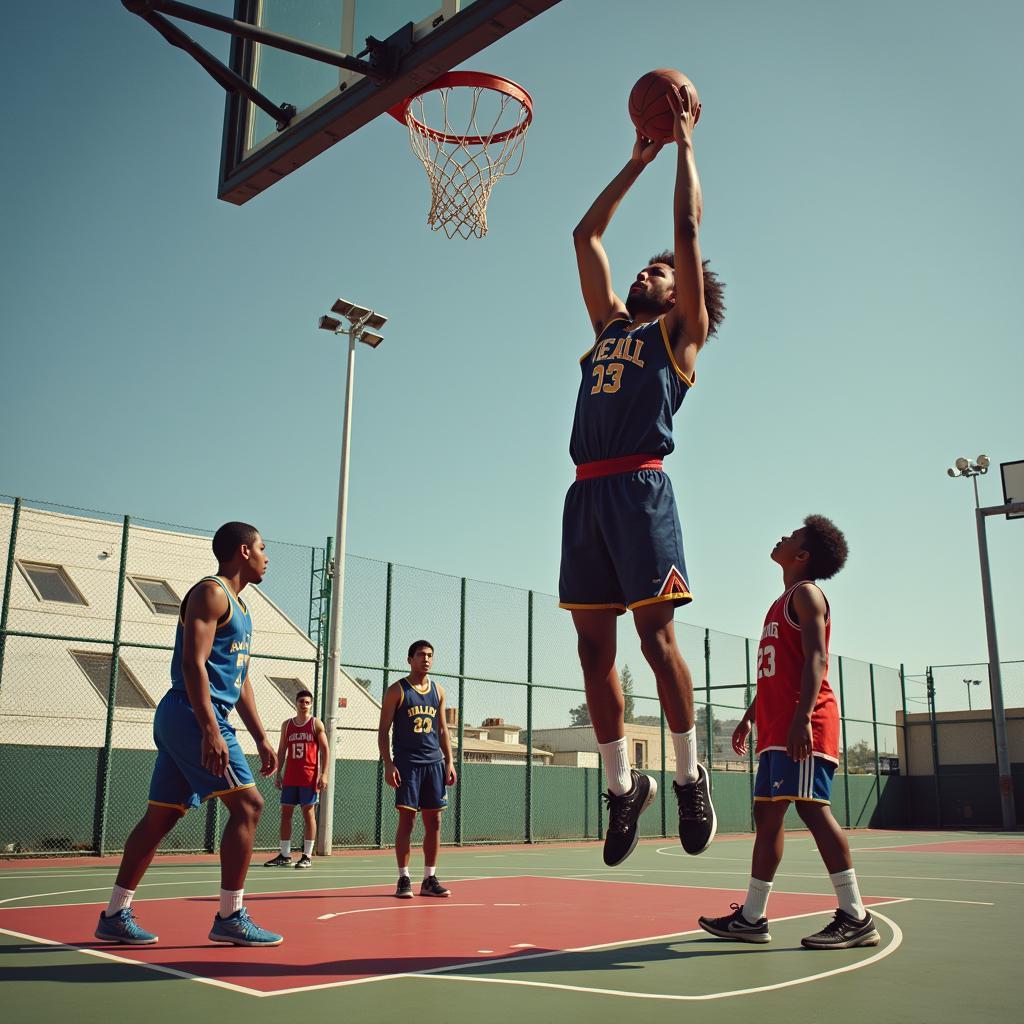Young Players Reaching New Heights: The Phenomenon of 2.10m Tall Athletes
October 13, 2024In the competitive world of professional sports, where physical prowess often dictates success, young players towering over 2.10 meters tall (6 foot 11 inches) are capturing global attention. This remarkable stature, exceeding even the average height of NBA players, offers these athletes a significant advantage in sports like basketball and volleyball. Their height translates into incredible reach, allowing them to dominate the court with blocked shots, rebounds, and effortless dunks. However, being exceptionally tall at a young age presents unique challenges and requires tailored training regimes to fully harness their potential.
The Advantages of Being a 2.10m Tall Athlete
It’s not difficult to imagine why scouts and coaches are mesmerized by the potential of these young giants. Here’s a breakdown of the key advantages they possess:
-
Dominating the Game: In basketball, a 2.10m player can effortlessly reach the basket, making them a constant scoring threat. Their height advantage is invaluable for rebounds, both offensive and defensive. In volleyball, their reach at the net translates to powerful spikes and impenetrable blocks.
-
Intimidating Presence: Simply standing on the court, a 2.10m athlete commands attention. Their size can be psychologically daunting for opponents, impacting their performance and giving the tall player a mental edge.
-
Natural Leverage: Whether shooting a basketball or serving a volleyball, the extended limbs of a 2.10m athlete provide natural leverage, generating more power with less effort.
 Dominating Athlete on Court
Dominating Athlete on Court
The Challenges of Early Physical Development
While exceptional height offers numerous advantages, young athletes must navigate unique challenges:
-
Coordination and Balance: Growing at such a rapid pace can lead to coordination difficulties. Young players may struggle to control their longer limbs, impacting their balance and agility on the court.
-
Injury Prevention: The immense strain on developing bones and joints requires careful attention. Training programs must prioritize injury prevention, incorporating exercises that strengthen muscles and improve flexibility to support their growing bodies.
-
Skill Development over Physicality: It’s easy to rely solely on height, but true success requires well-rounded skills. Coaches and trainers play a crucial role in ensuring these athletes develop ball-handling, footwork, and tactical awareness alongside their physical attributes.
Nurturing the Talent of 2.10m Young Players
Maximizing the potential of these young athletes requires a holistic approach:
-
Specialized Training Programs: Coaches must create personalized training plans that address the specific needs of exceptionally tall athletes. This includes exercises to enhance coordination, balance, flexibility, and core strength.
-
Gradual Skill Progression: Focusing on fundamental skills like dribbling, passing, and shooting (in basketball) or serving, passing, and spiking (in volleyball) is crucial before progressing to advanced techniques.
-
Nutritional Guidance: Proper nutrition is essential for supporting rapid growth and development. A balanced diet rich in protein, carbohydrates, and essential nutrients is vital for optimal performance and injury prevention.
Conclusion
The emergence of these exceptionally tall young athletes is transforming the sporting landscape. Their height provides a clear advantage, but it’s the dedication to training, skill development, and a holistic approach that will determine their ultimate success. As more 2.10m athletes enter the world of professional sports, we can expect to witness remarkable feats of athleticism and a new era of giants dominating the court.